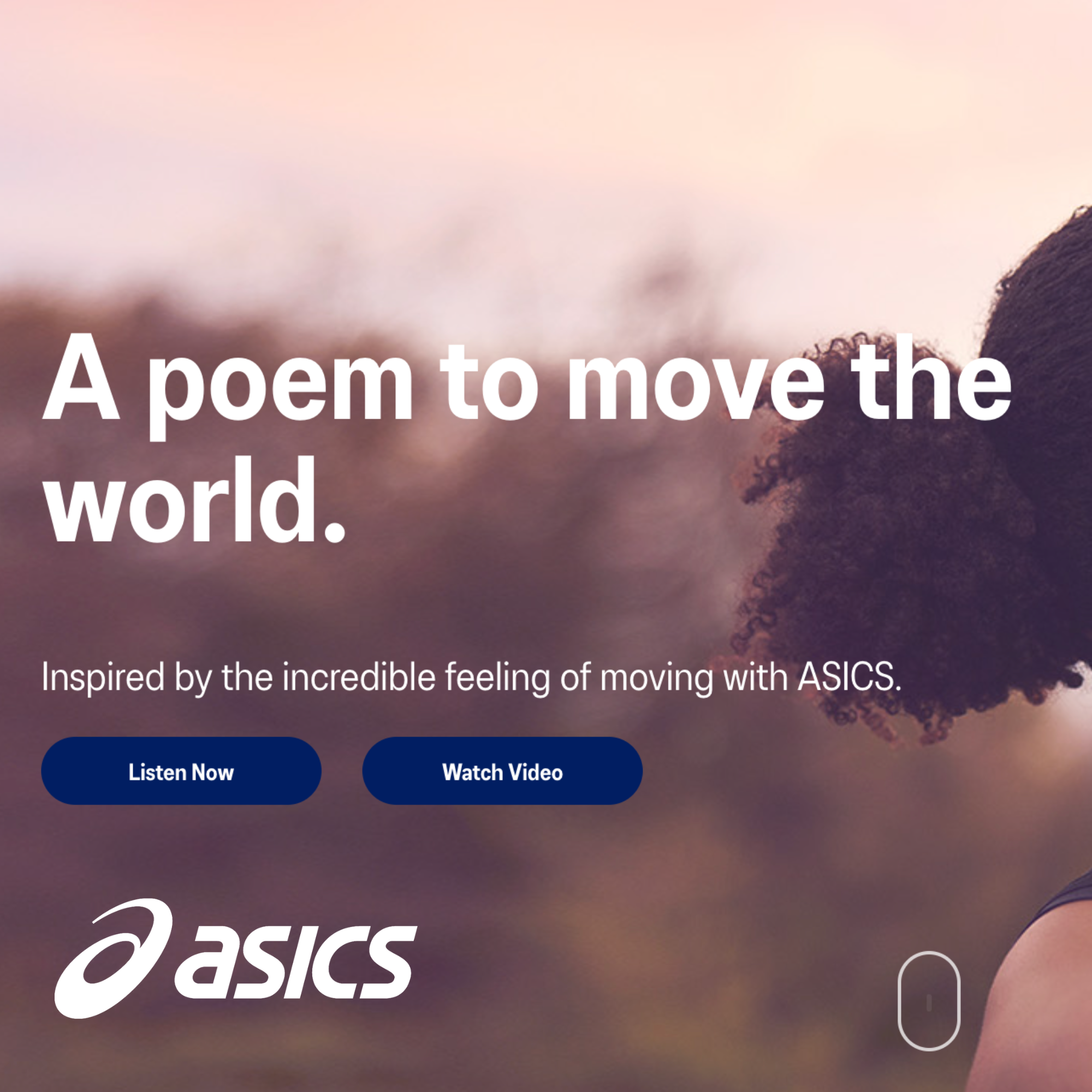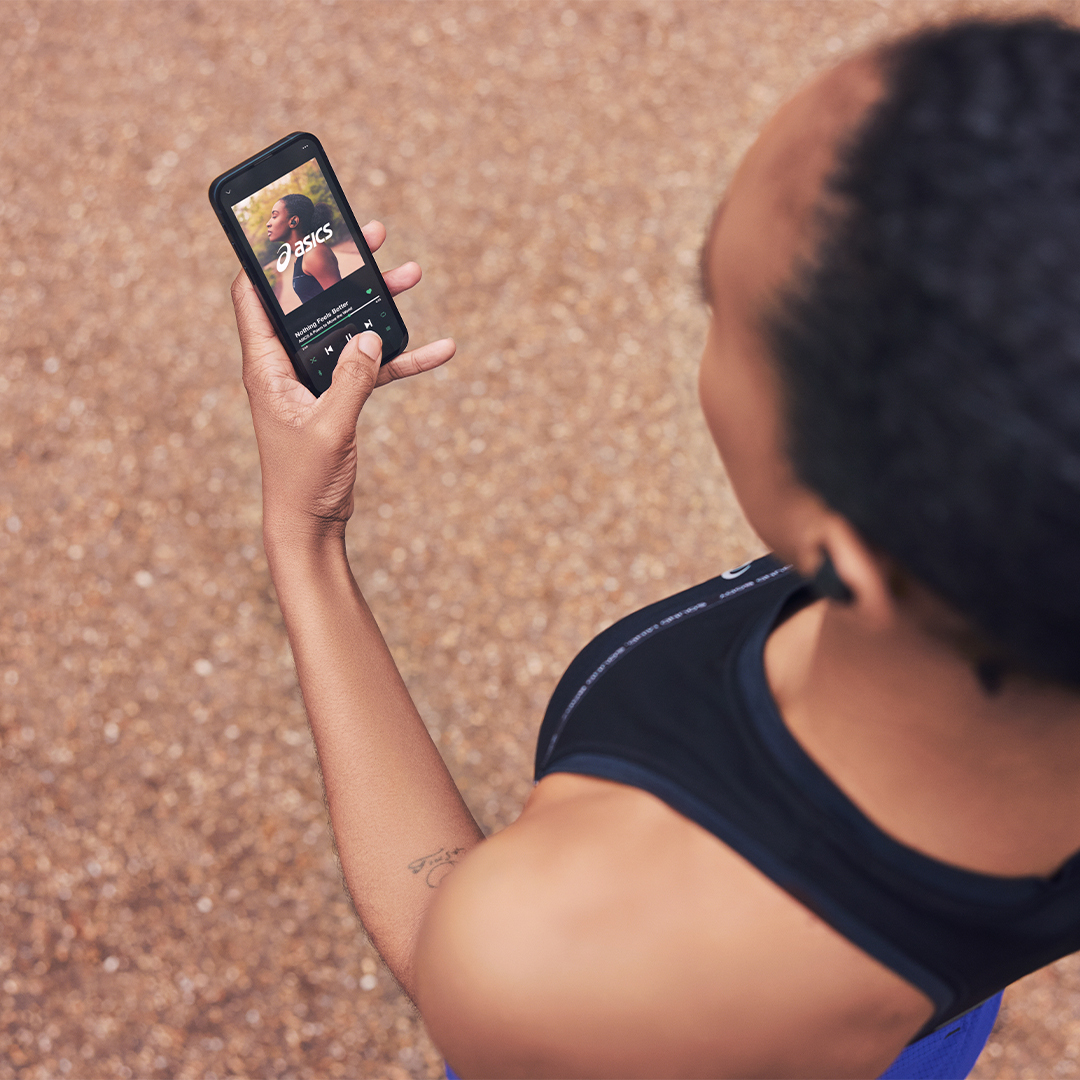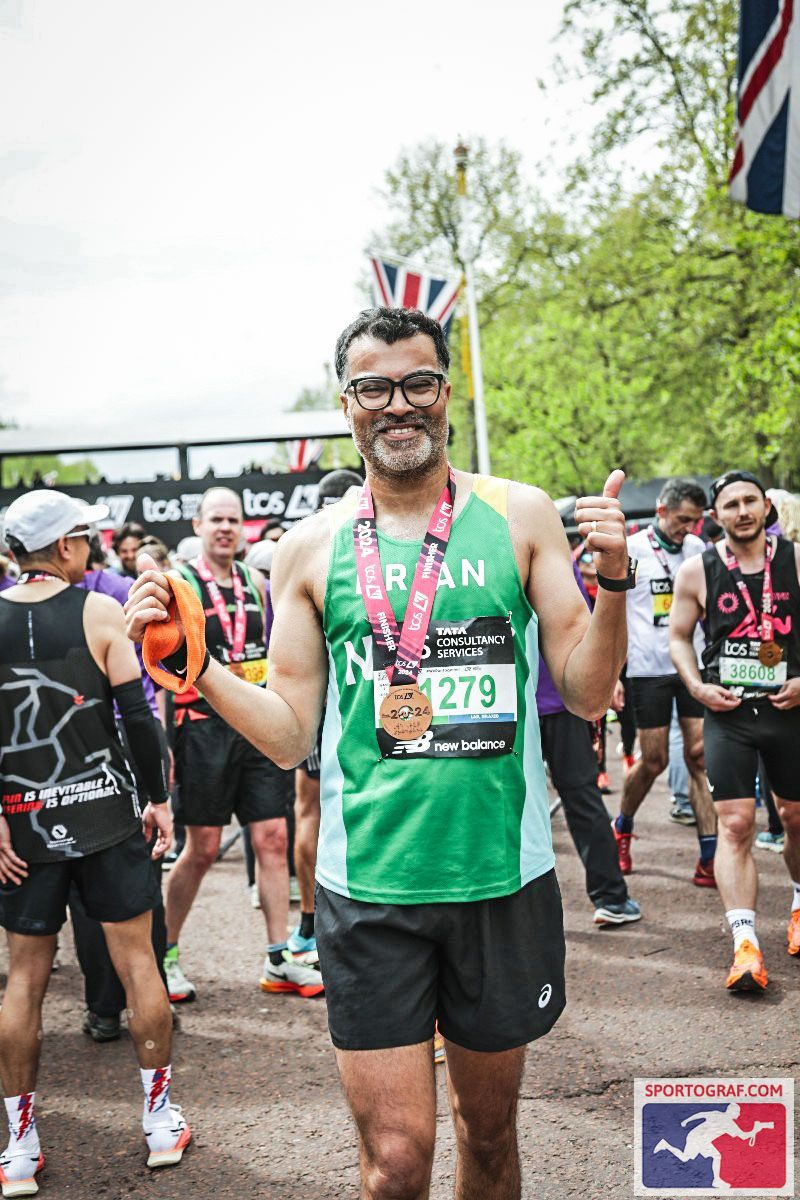Research: How the Brain and Body responds to Swell
22/02/2024Everything we do at Swell is rooted in the science: the psychology of ...


Last month, Swell was asked to present a lecture at the Hackney Half Marathon as part of The Ministry Wellness Tent activity. We covered a range of ways in which athletes can use music to maximise their performance.
Sports psychologist Dr. Costas Karageorghis goes as far as saying that music can be considered as a ‘type of legal performance enhancing drug’.
Using music in the right way can help you train harder, go longer and ultimately be faster.
We’ve summarised the three key elements below:

We are biologically programmed to respond to rhythm. Through a process called entrainment, we synchronise with any repetitive pattern, which helps regulate the bodies movement, in turn helping us to become more energy efficient. Perhaps this is because rhythm is one of the first aspects of sound that we hear when we are pre-birth, in the womb. We hear rhythm through our mothers speech patterns and heartbeat, so immediately start learning how rhythm works.

One of the first experiment I conducted as a psychology undergraduate, was to test participants' speed to finish a maze task under different music conditions. I found that fast and repetitive music (140 bpm techno) lead to the fastest times. The slowest times were split between the slowest music and also the controlled ‘silence’ condition (perhaps because participants felt more self conscious when sat in silence in a strange box room).

A few years ago Swell worked with a team of rowers who were trying to break a record in crossing the Atlantic Ocean. There were four members of the team and they each had their own iPod to accompany them during the trip. We created three music playlists, that would each play a different role in the race. During the actual rowing, repetitive music of moderate tempo was chosen so the rowers could synchronise their stroke pattern with the music and be designed around endurance rather than speed.
We know that listening to music triggers a symphony of reactions in the brain when audible. It is particularly good at working on the emotional centre and depending on the type of music, and its relationship to the listener, it can help optimise arousal through the release of dopamine, endorphins and reduction in cortisol. The brain is a pattern recognition machine and music is commonly made up of repeating patterns. The completion of each pattern can lead to a satisfying response in the brain, triggering a positive mood which is emotionally uplifting.
Being happy and feeling motivated is obviously key for longer endurance running, where one is often tasked with overcoming the limitations of the body: mind over matter! The dopamine release triggered by music can be an effective way to keep motivated whilst confronting one's demons whilst running.
You may even achieve a flow state of optimal arousal - one where you no longer notice each foot plant, where time dissolves and you completely miss the last kilometre you just covered.
Our setting for the rowing team was to include a playlist of favourite songs, personalised for each rower. This playlist could be turned to when the going go really tough and as well as the dopamine hit, it would help trigger positive memories of loved ones and special moments in their lives.

Another project was a commission by ASICS to create a piece of music that helped encourage people to get moving. We worked with poet Charly Cox who created inspiration lyrics to a soundtrack that we made that went from a sleepy resting state to a dopamine boosting place of inspiration in just a couple of minutes. See for yourself

By a similar token, music that helps one escape from the task at hand helps distract them from pain and fatigue they will be feeling at the hardest parts of running. Using music to disassociate will naturally lower the perception of effort and lead to one being able to train harder or go the extra mile during a race. In this way, the music is more of a physiological aid than the emotional one outlined in 2.
“studies show that if you make changes to your natural cadence greater than 5 percent, you’re likely to feel an increase in perceived exertion and a decrease in running economy.”
So music that occupies your attention, via your songs that interest rather than bore you help your disassociate from the physical exertion of running. This again can trigger a flow state, one in which the physical pain felt by the body fades from normal consciousness, making it less evident.
Music here can be handy post-running, where is can be used to return the body to homeostasis after a major exertion. Here music can be used as a sedative, helping reduce heart rate to rest quicker than normal as well as being used to help ‘psych up’.
Our third playlist setting for the rowers was to help them warm down after four hours on the oars. It contained chilled and ambient music that brought them to a place of calm and allowed them to try to sleep and recover. If we were asked to do this again, the brand new Swell app would be the perfect way to unlock this state!

On a final note, I’ve just ran the London Marathon and despite the above evidence, I have to admit that I didn’t use music during my training. It took me a while to figure out why: one reason was due to the fact that music is such a part of my professional life, I didn’t want to bring my work onto the run with me. Another is that I love listening to the sounds of the natural environment whilst running, and that alone can help trigger a flow state. I’m lucky that although I live in a noisy city such as London, I run through various parks which all have a great natural soundscape. Immersing myself in that, helps me find an inner silence whilst running, which is one of its greatest benefits for me.